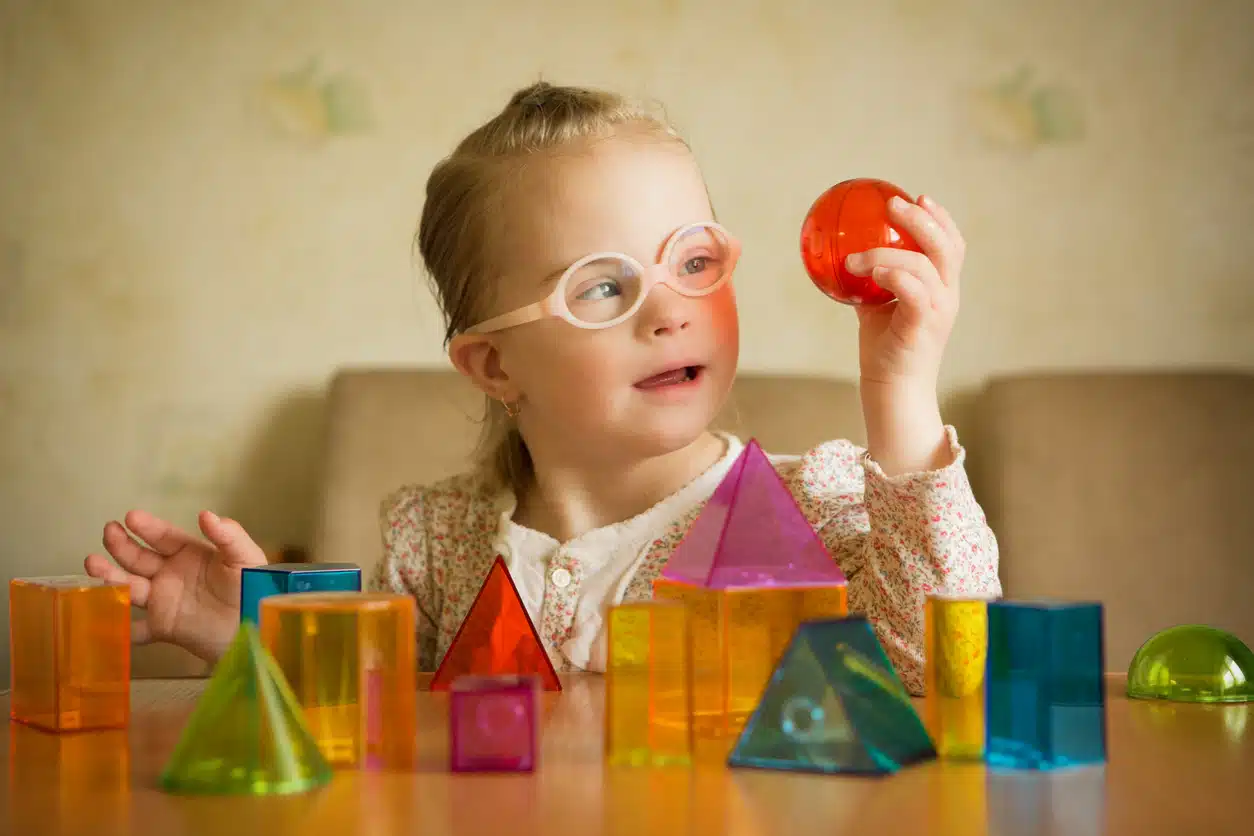Neurodevelopmental disorders are common, but how well do we understand them and how to diagnose them? As many children and adults don’t get diagnosed, clear diagnostic criteria are helpful tools to ensure early intervention.
Receiving a diagnosis may feel like a relief to some and be useful in understanding and managing their lived experience. At the same time, there are pros and cons to labelling disorders as per the language used by the Diagnostic and Statistical Manual of Mental Disorders (DSM) and many mental health professionals.
Being labelled can be disempowering, making people feel like something is wrong with them. Instead, it may be about differences along a continuum from typical to neurodivergent or atypical. Sometimes, what is considered a “disorder” at one point is a social construction and is later not considered a ‘disorder’ at all.
However, to inform psychologists who could benefit from more precise diagnostic criteria in their practice, we’ll discuss three of the most common neurodevelopmental disorders in this post. These are autism (ASD), attention-deficit/hyperactivity disorder (ADHD) and dyslexia. We’ll also touch on the importance of early diagnosis and how to learn more.
Autism (ASD)
Autism, or Autism Spectrum Disorder (ASD), is a common neurodevelopmental disorder that is poorly understood. According to the World Health Organisation (WHO), ASD “…constitutes a diverse group of conditions related to development of the brain.” From this very brief and generalised definition, we can see how difficult diagnosing ASD can be.
As the name suggests, ASD can occur on a spectrum, meaning no case will be the same. Some individuals may be high functioning and need minimal support, and others might need specialised care.
The WHO elaborates that about 1 in 100 children have ASD, and various environmental and genetic factors can influence its occurrence. ASD mainly manifests as difficulties with social communication and interaction. It can also include restricted, repetitive behaviours or interests. Learning, moving and paying attention can also look different for those with ASD.
However, people without ASD can show the same signs and symptoms. As there is no medical test for ASD, it’s obvious how difficult it can be to diagnose and treat it without access to medical care or professional expertise. Instead, you must carefully examine a child’s behaviour and development for a precise diagnosis.
Early intervention and diagnosis are essential, as they can allow for effective learning and treatment programmes, which can help manage symptoms and improve quality of life.
Attention-deficit/hyperactivity disorder (ADHD)
The NHS in the UK defines ADHD as “…a condition that affects people’s behaviour. People with ADHD can seem restless, may have trouble concentrating and may act on impulse.” ADHD is common and often treated with medication that increases neurotransmitter levels in the brain.
This definition shows how those with ADHD might struggle at school and in later life. A difference in neurotransmitter levels also means that people with ADHD might experience sleep and anxiety disorders.
Of course, many children without ADHD might struggle to concentrate at school. The critical difference, as with those with ASD, is that ADHD results from differences in the brain. Interestingly, many people with ASD are also prone to having ADHD.
This overlap highlights how complex neurodevelopmental disorders can be and shows how important early diagnosis is to manage concurrent symptoms effectively.
Dyslexia
Dyslexia is common and concerns how someone learns to read. People with dyslexia might struggle with phonological processing (manipulation of sounds), spelling and rapid visual-verbal responding.
It can be diagnosed when you’re a child or could be brought on by a traumatic brain injury or dementia later in life. As discussed, early intervention is crucial to provide adequate support at any stage. Help is especially vital for children so they do not fall behind or develop limiting beliefs about their capabilities.
The prognosis for dyslexia is mixed, but it has been shown that children will cope better if diagnosed early, have a solid support base, and participate in a constructive remediation programme. Developing a positive self-image is also essential, as dyslexia can lead to frustration and isolation if it is not understood or managed correctly.
Learn more about neurodevelopmental disorders
This post briefly outlined some of the most common neurodevelopmental disorders. For each disorder, it’s clear that early diagnosis and intervention can help develop tools to manage symptoms better.
If you’re interested in learning more about correct diagnosis and intervention tools, sign up for our on-demand online workshop, Neurodevelopmental Disorders: Early Diagnosis and Intervention.
Dr. Petro Erasmus hosts this course. As an expert in the field, she specialises in developing innovative educational approaches and learning tools. By engaging with the course content, you’ll better understand how to diagnose and treat these disorders, per the Diagnostic and Statistical Manual of Mental Disorders (DSM-5-TR) criteria.
This workshop provides 3 CPD points (3 CEU Continuing Education Units points) to HPSCA registered professionals for completing the webinar and associated tasks. To learn more about CPD points, read one of our recent blog posts titled What are HPCSA CPD Points in South Africa?
Neurodiversity Celebration Week 2024
18 - 24 March 2024
To help others understand, value and celebrate the talents of neurodiverse minds, SACAP Global is giving away the Childhood Disorders CPD workshop to every learner that registers for the Neurodevelopmental Disorders CPD workshop. Simply add both workshops to your cart and enter the disc_neuroworkshops_2024 coupon code at checkout.
Offer valid between 18 – 24 March 2024. T&Cs apply.
